Perfecting Technology in Documentaries Voiceover
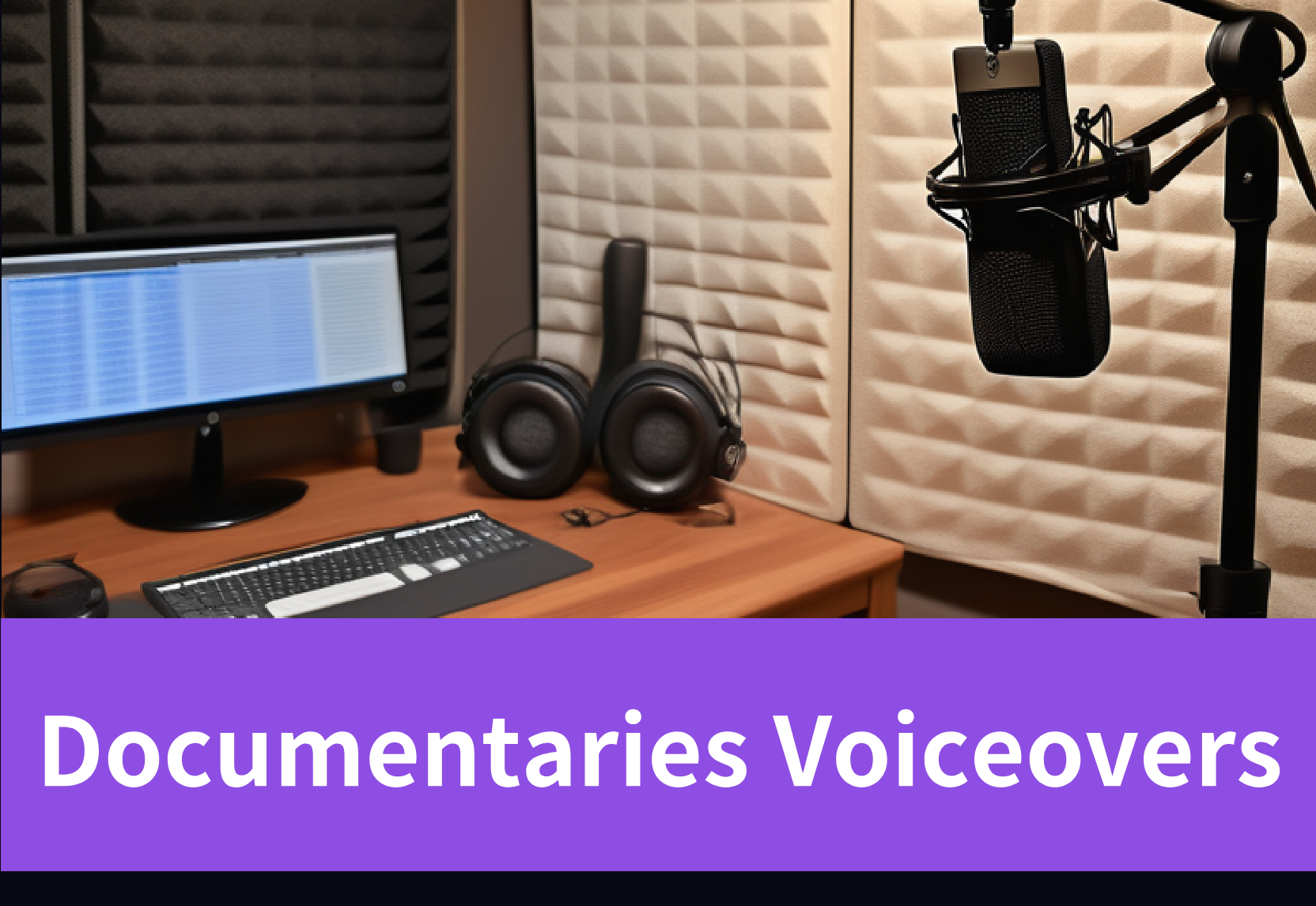
Master the art of documentaries voiceovers with our expert techniques. Enhance your narration skills and captivate your audience.
Key Highlights
- The right voiceover can transform a documentary and engage viewers on a deeper level.
- Authenticity, clear articulation, emotional range, and understanding the audience are essential for compelling documentary narration.
- Selecting the perfect voice for a documentary involves considering qualities like authenticity, distinctiveness, and the ability to connect with the subject matter.
- Techniques for recording high-quality voiceovers include setting up an ideal recording environment and following technical tips for clear and crisp audio.
- AI voiceover technology is a growing trend in documentary narration, offering efficiency and flexibility in voiceover production.
- Understand the efficient process of creating a voiceover tool by integrating novita.ai APIs.
- Mastering emotional delivery in voiceovers involves techniques like evoking emotion through pacing, tone, and pause.
Introduction
In documentaries, storytelling power lies in visuals and narration. A captivating voiceover can immerse viewers in the narrative, enhancing the story. Iconic narrators like David Attenborough and Morgan Freeman evoke emotions and engage audiences, creating a lasting impact. Perfecting documentary voiceover techniques is essential for filmmakers and voice actors aiming to craft compelling documentaries. This blog explores these techniques to help you master the art of documentary voiceovers.
Understanding the Role of Voiceover in Documentaries
Voiceover in documentaries, also called documentary narration, helps tell a story with spoken words. It links visuals and audience, guiding them through the narrative for better engagement. A good voiceover makes a documentary engaging and memorable, captivating the audience’s attention effectively. It needs knowledge of the subject, target audience, and storytelling art to convey the documentary’s message well.
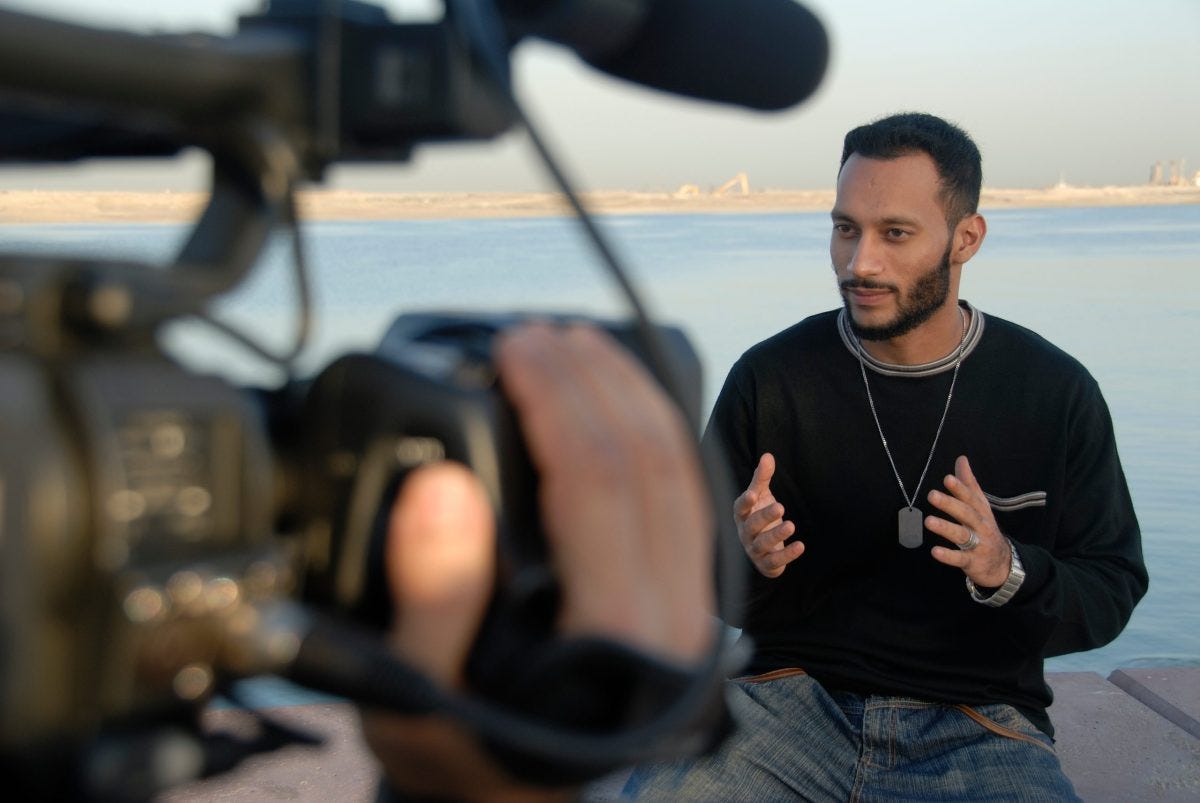
The Impact of Narration on Viewer Engagement
Engaging narration in documentaries is crucial for captivating viewers. Voices like Sir David Attenborough’s or Sigourney Weaver’s add authenticity and gravitas, enhancing the storytelling experience. The right tone and pronunciation deepen audience connection, making the documentary more compelling and memorable for increased viewer engagement.
Different Styles of Documentary Voiceovers
Documentary voiceovers come in various styles, tailored to enhance the storytelling experience. From authoritative and educational tones like Sir David Attenborough to warm and engaging narrations akin to Sigourney Weaver, voice actors are crucial in captivating audiences. Whether soothing in nature documentaries or dramatic in historical pieces like “Ken Burns’ documentaries,” the right voice can deepen the narrative. Understanding these skills is vital for filmmakers to resonate with their audience, offering versatility and customization for each production’s tone.
The Art of Writing Scripts for Documentary Voiceovers
Writing documentary voiceover scripts is an art that requires storytelling expertise. Scriptwriters shape the voiceover to engage the audience and capture the essence of the documentary. A compelling narrative immerses viewers in the story, weaving together information, interviews, and visuals seamlessly to keep them engaged and eager to learn more.
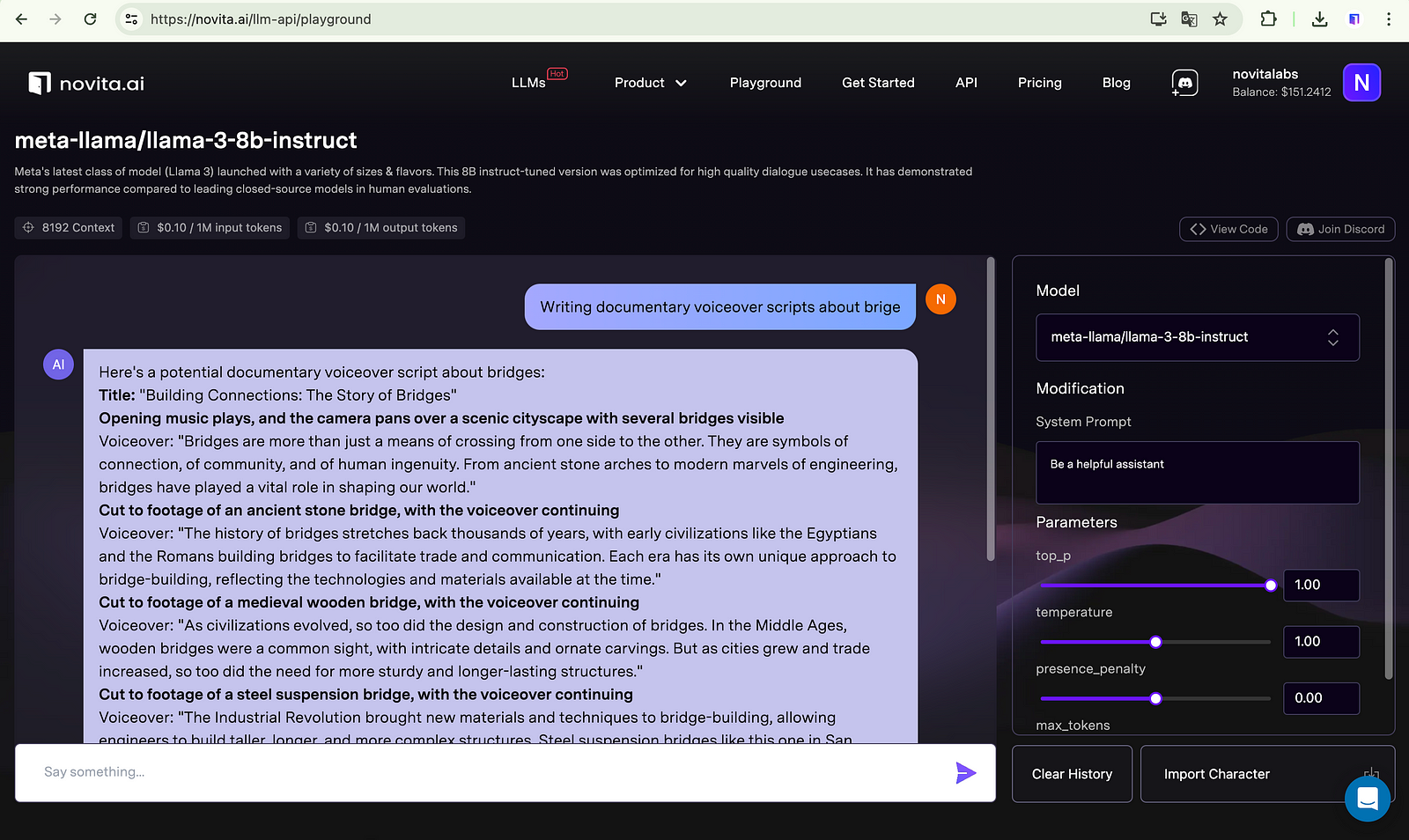
Crafting a Compelling Narrative
Crafting documentary voiceovers is an art that blends facts and emotions to captivate the audience. The narrator’s voice guides viewers through captivating stories with authenticity. Choosing the right voice, like Sir David Attenborough or Sigourney Weaver, is crucial for immersive storytelling. Scriptwriters balance information with storytelling to engage viewers effectively, focusing on pronunciation, pacing, and tone for impact and memorability.
Tips for Scriptwriters: Balancing Information and Storytelling
Scriptwriters for documentary voiceovers must balance information and storytelling to create an engaging narrative. Tips for achieving this balance include thorough research, prioritizing storytelling, and using visuals effectively. This balance ensures the voiceover is informative and captivating, keeping the audience hooked and enhancing their understanding of the subject matter.
Selecting the Perfect Voice for Your Documentary
Choosing the right voice for your documentary is crucial. The voiceover sets the tone and impacts audience engagement. Consider factors like pronunciation, pacing, and emotional delivery to evoke the desired response. Experiment with different narrators to find a match that enhances storytelling and brings your documentary to life. The narrator’s voice is a powerful tool that can elevate your documentary.
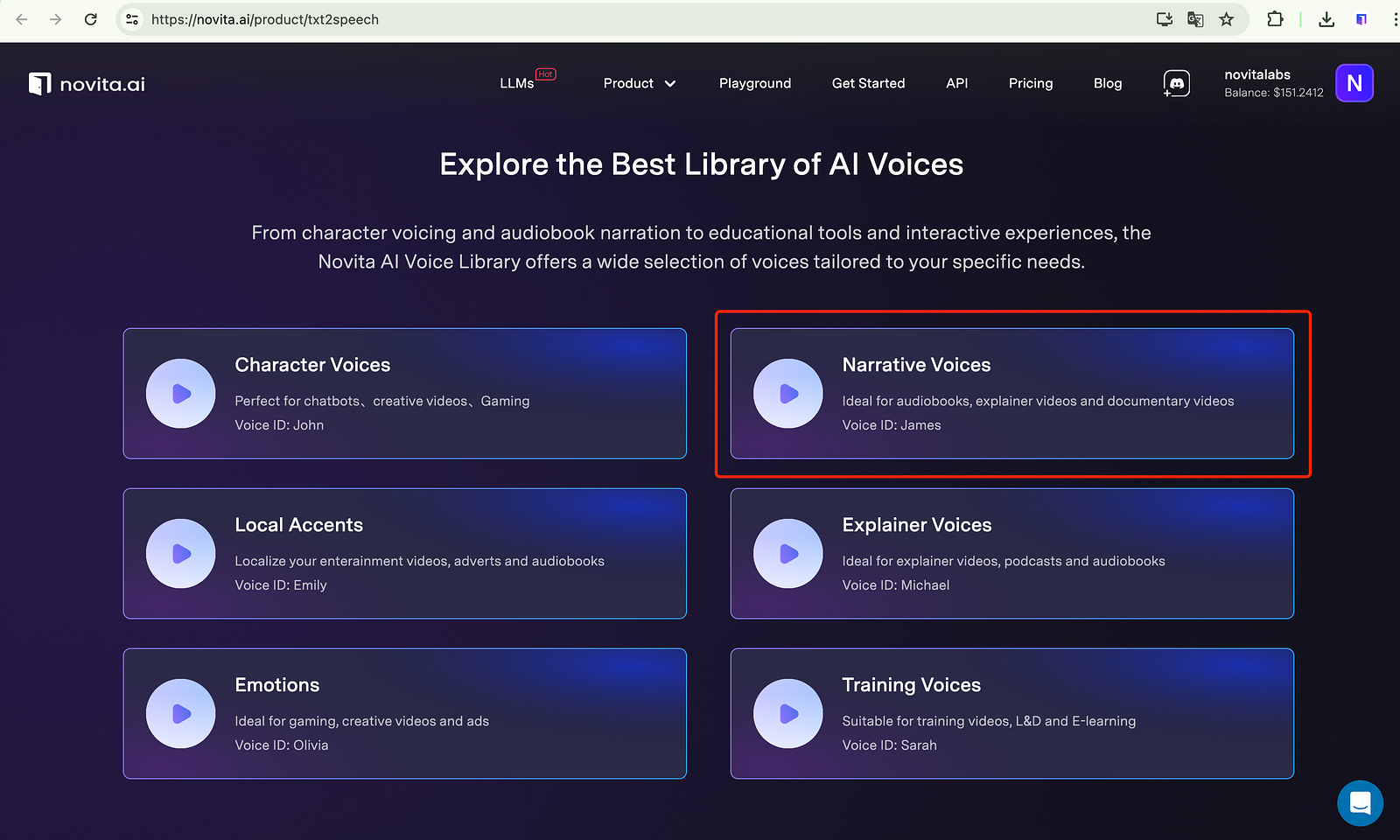
Qualities of an Effective Documentary Narrator
An effective documentary narrator combines authenticity with storytelling skills to engage and guide viewers. Tone, pacing, pronunciation, and clarity are vital for maintaining audience interest. The narrator’s voice should match the documentary’s style, enhancing the storytelling experience and deepening audience connection. Ultimately, the narrator plays a crucial role in shaping the viewing experience by bridging viewers with the documentary content.
The Process of Casting the Right Voice
Selecting the right voice for your documentary is crucial. Different styles require different voices to evoke emotions effectively. Whether it’s David Attenborough’s authoritative tone or Sigourney Weaver’s captivating narration, the voice actor plays a vital role. Choose a professional voice talent that aligns with your documentary’s style to engage viewers deeply. Conduct auditions if needed to ensure the voiceover captures the right tone and authenticity for your project.
Techniques for Recording High-Quality Voiceovers
For top-notch documentary voiceovers, focus on technical aspects like using a quality microphone and ensuring a quiet recording space. Maintain a consistent distance for uniform sound quality, employ pop filters to reduce plosive sounds, and use a shock mount to minimize vibrations. Experiment with recording angles for optimal setup. Enhance recordings using editing tools like Audacity for a professional finish. Practice breathing techniques and vocal warm-ups for clear and consistent delivery, improving your voiceover quality.
Setting Up the Ideal Recording Environment
For high-quality documentary voiceovers, create an ideal recording environment. Choose a quiet, distraction-free space with minimal echo. Use soundproofing materials like acoustic foam. Invest in a quality microphone — condenser for rich tones or dynamic for rugged sound. Position the microphone correctly for optimal sound quality. A cozy, sound-optimized space enhances professionalism and clarity in your voiceovers.
Technical Tips for Clear and Crisp Audio
Creating high-quality documentary voiceovers requires clear and crisp audio. Follow these technical tips for audio clarity:
- Invest in a quality microphone: Consider a condenser microphone.
- Use a pop filter to reduce unwanted noise from plosive sounds.
- Maintain a consistent distance from the microphone.
- Monitor audio levels to prevent distortion.
- Edit and process the audio to enhance sound quality.
Implementing these tips will ensure professional, immersive voiceovers for your documentaries.
The Post-Production Process: Bringing It All Together
In documentary filmmaking’s post-production phase, integrating the voiceover is crucial for storytelling. This step blends the narrator’s voice with visuals seamlessly. Matching the voice tone and pacing to resonate with viewers is key. From Jacques Cousteau’s undersea world to documentaries like “March of the Penguins,” finding the right voice is essential. Voices like Sir David Attenborough’s or Sigourney Weaver’s add authenticity and emotional depth to documentaries, bringing stories to life.
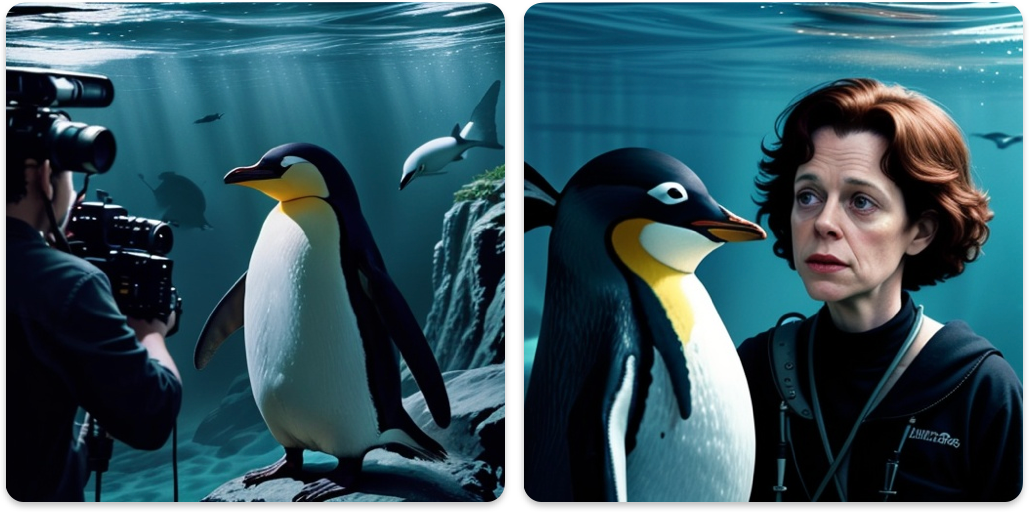
Editing Voiceovers for Seamless Integration
Creating voiceovers for documentaries is a precise process requiring attention to detail. Editing, using NLP techniques, enhances storytelling magic. Tone, pacing, and pauses engage audiences emotionally. Accurate pronunciation is crucial for success. Skillful editing brings authenticity to narration for a cohesive auditory experience that complements visuals seamlessly.
Sound Design and Music: Enhancing the Narrative
Captivating documentaries rely on sound design and music synergy to enhance storytelling and engage the audience emotionally. Music sets the tone, evokes moods, and deepens connections to the narrative. Sound effects immerse viewers in the action, making the experience more engaging. Strategic integration of sound design and music transforms narration into a multisensory journey with a lasting impact.
Leveraging Technology in Documentary Voiceovers
Technology revolutionizes documentary voiceovers with efficient AI voice technology like novita.ai. It offers natural-sounding voices, customization, text-to-speech APIs, and multilingual support for high-quality and engaging documentaries.
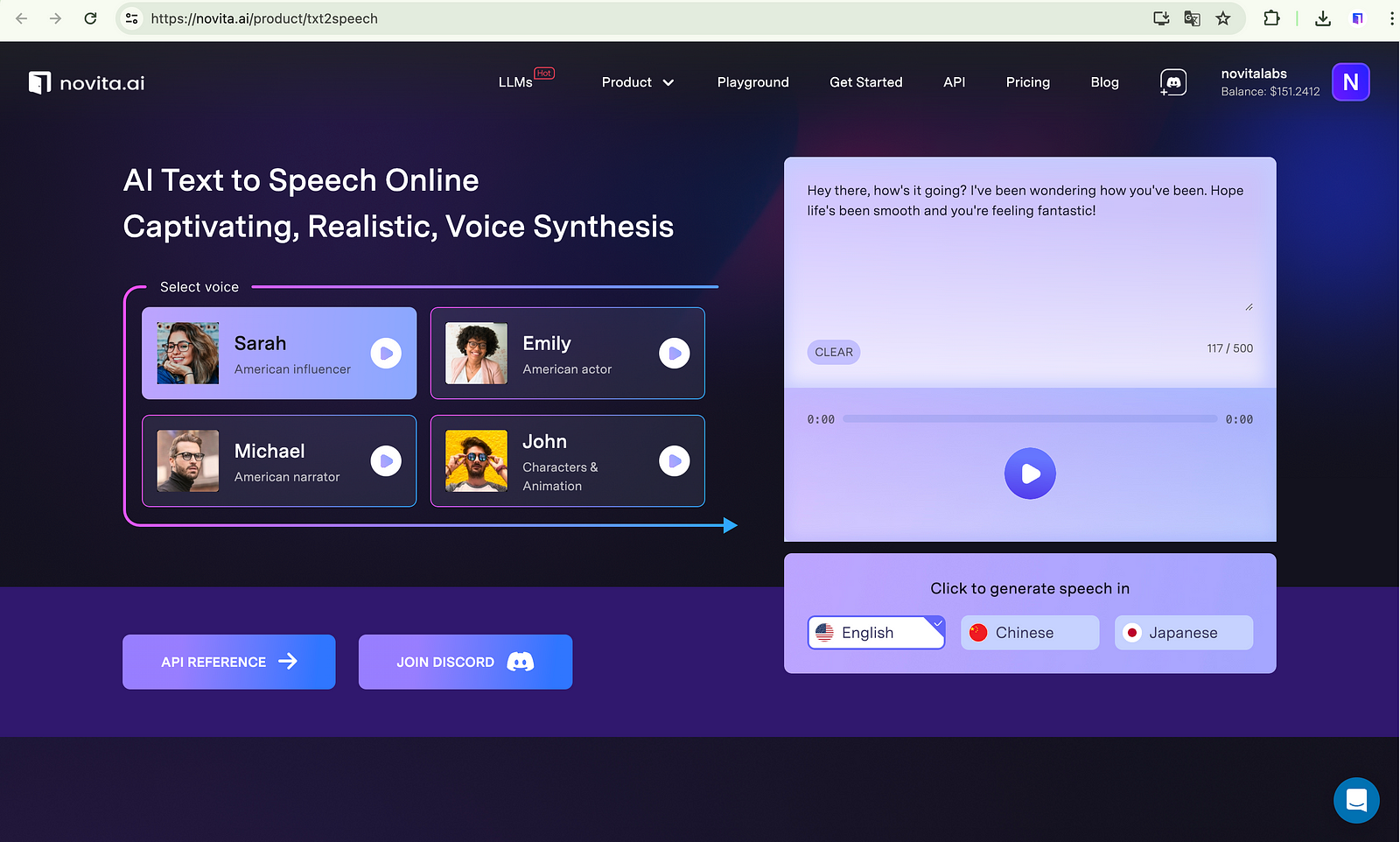
The Rise of AI in Voice Narration
AI voice is transforming the field of documentary narration, offering new possibilities and efficiency in voiceover production. Here’s how AI voice is shaping the future of documentary narration:
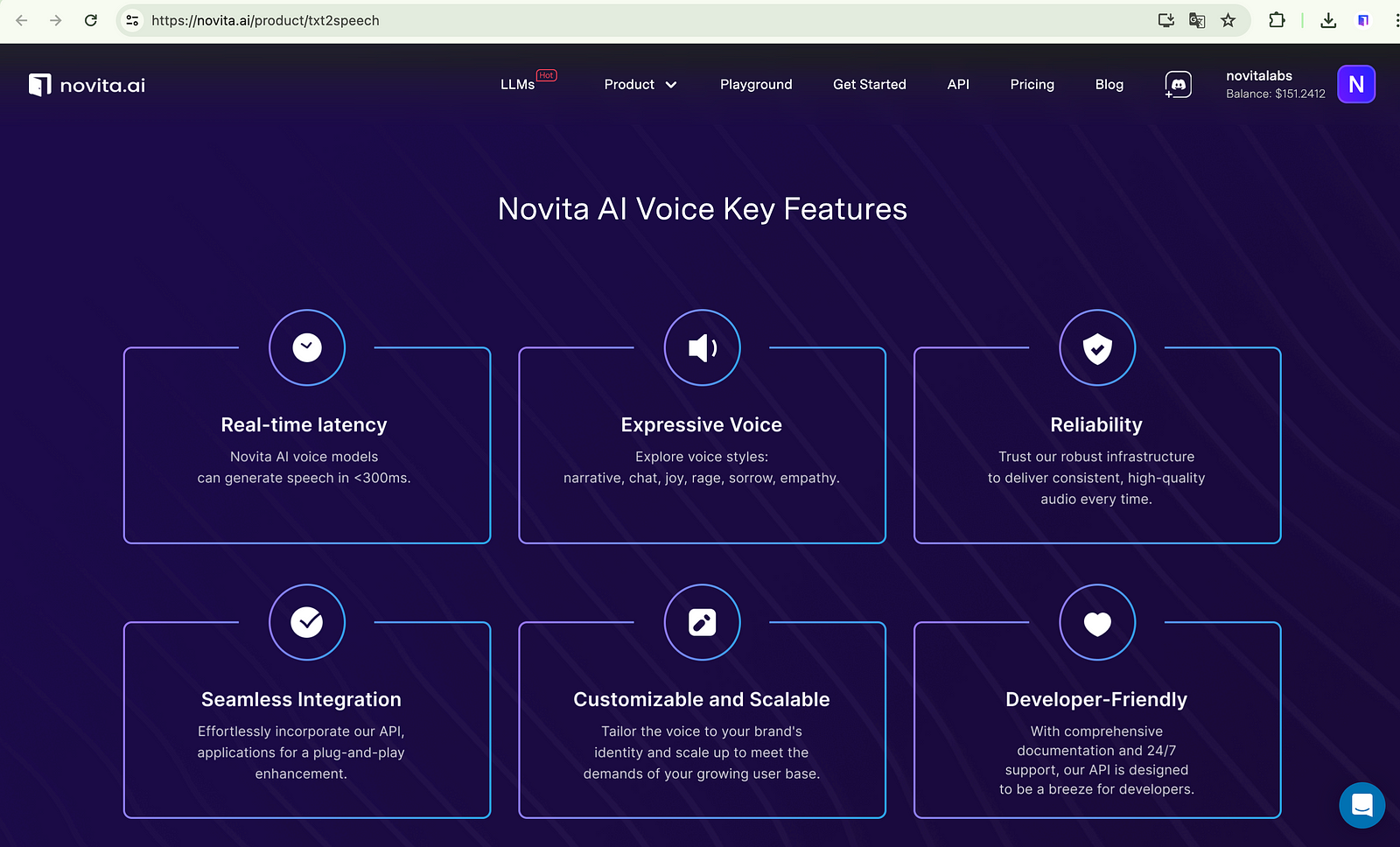
- Efficiency: AI voice technology enables quick and efficient voiceover production, reducing the time and cost associated with traditional voiceovers.
- Multilingual support: AI voice offers voices in multiple languages and accents, allowing for broader accessibility and global reach.
- Customization: AI voice technology allows for customization of voice characteristics like tone and speed, enabling creators to tailor the narration to the specific requirements of their documentaries.
With the rise of AI voice in documentary narration, creators have access to a wide range of voices and customization options, enhancing the overall quality and impact of their documentaries.
Tools and Software for Efficient Voiceover Production
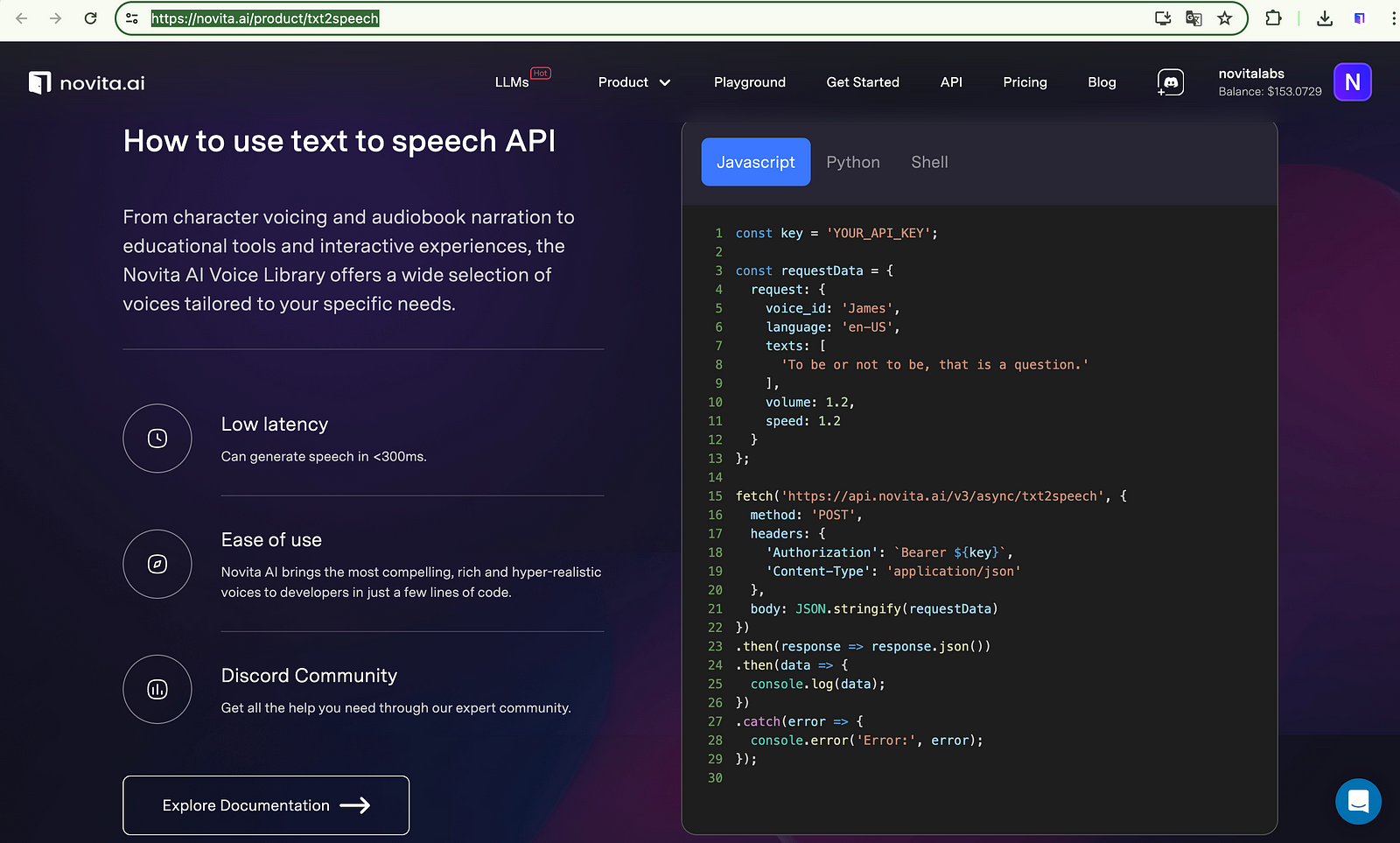
Various tools and software can enhance voiceover production in documentary filmmaking. Popular options include:
- novita.ai: Not only can users quickly produce voiceovers directly on the webpage, but it also provides developers with APIs in different developer languages to create voice-over tools. Due to its simple interface and high-quality voice, it has gradually become the best text-to-speech API platform.
- Adobe Audition: For precise editing, mixing, and mastering of voiceover recordings.
- Pro Tools: Industry-standard software for voiceover production and post-production.
- GarageBand: User-friendly software for basic audio editing and mixing.
Using these tools streamlines voiceover production for efficient and high-quality documentary narrations.
How to create Voiceovers for Documentaries in five simple steps on novita.ai
Creating voiceovers for documentaries using AI tools like novita.ai is a simple process. Follow these steps:
- Step 1: Launch the novita.ai website and create an account on it. Click the “API” button, then navigate to “text-to-speech” under the “Audio” tab. For developers, you can utilize the APIs in novita.ai to create your AI celebrity voice generator software.
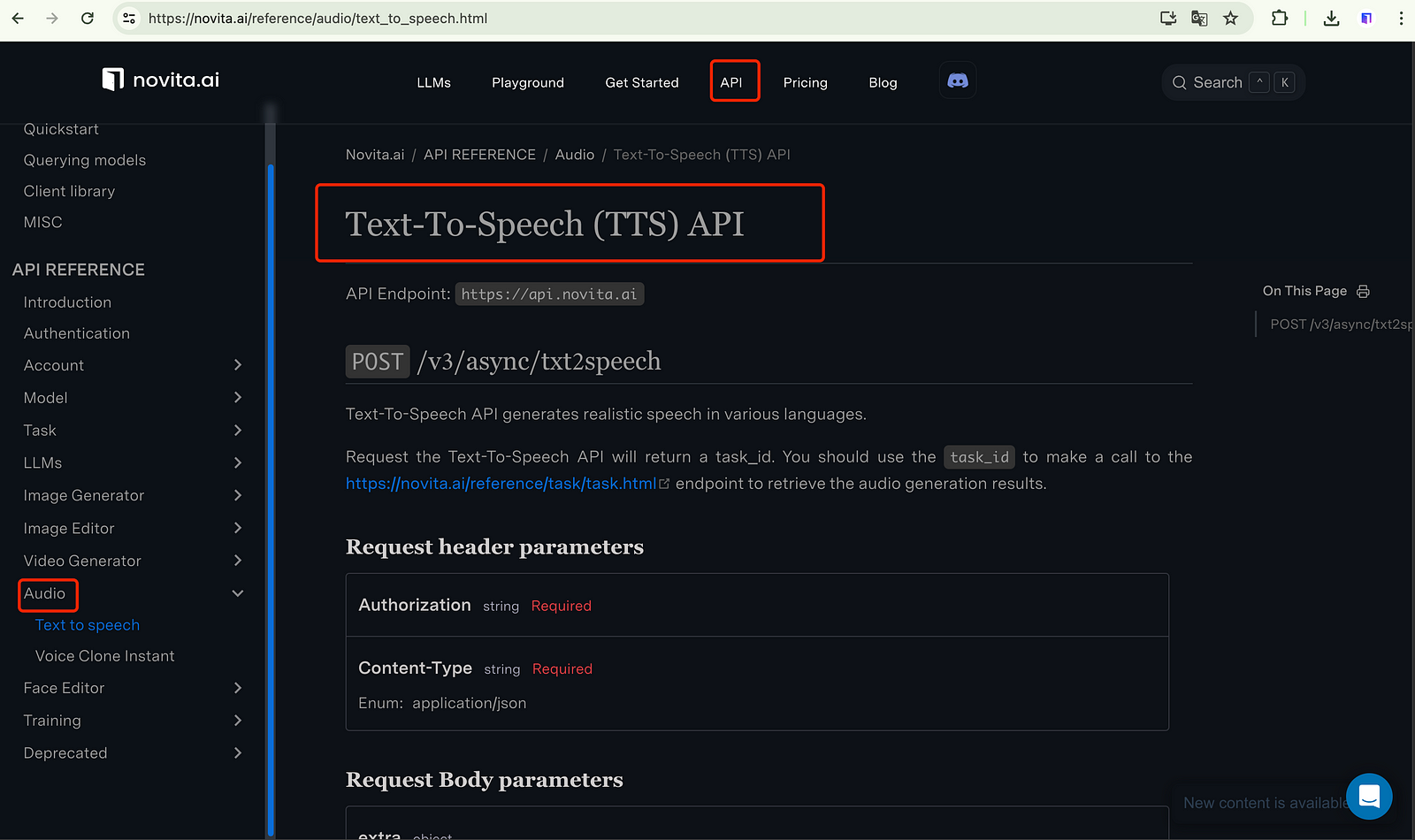
- Step 2: Return to the website homepage, and navigate “text-to-speech” under the “Product” tab, you can test the effect first with the steps below.
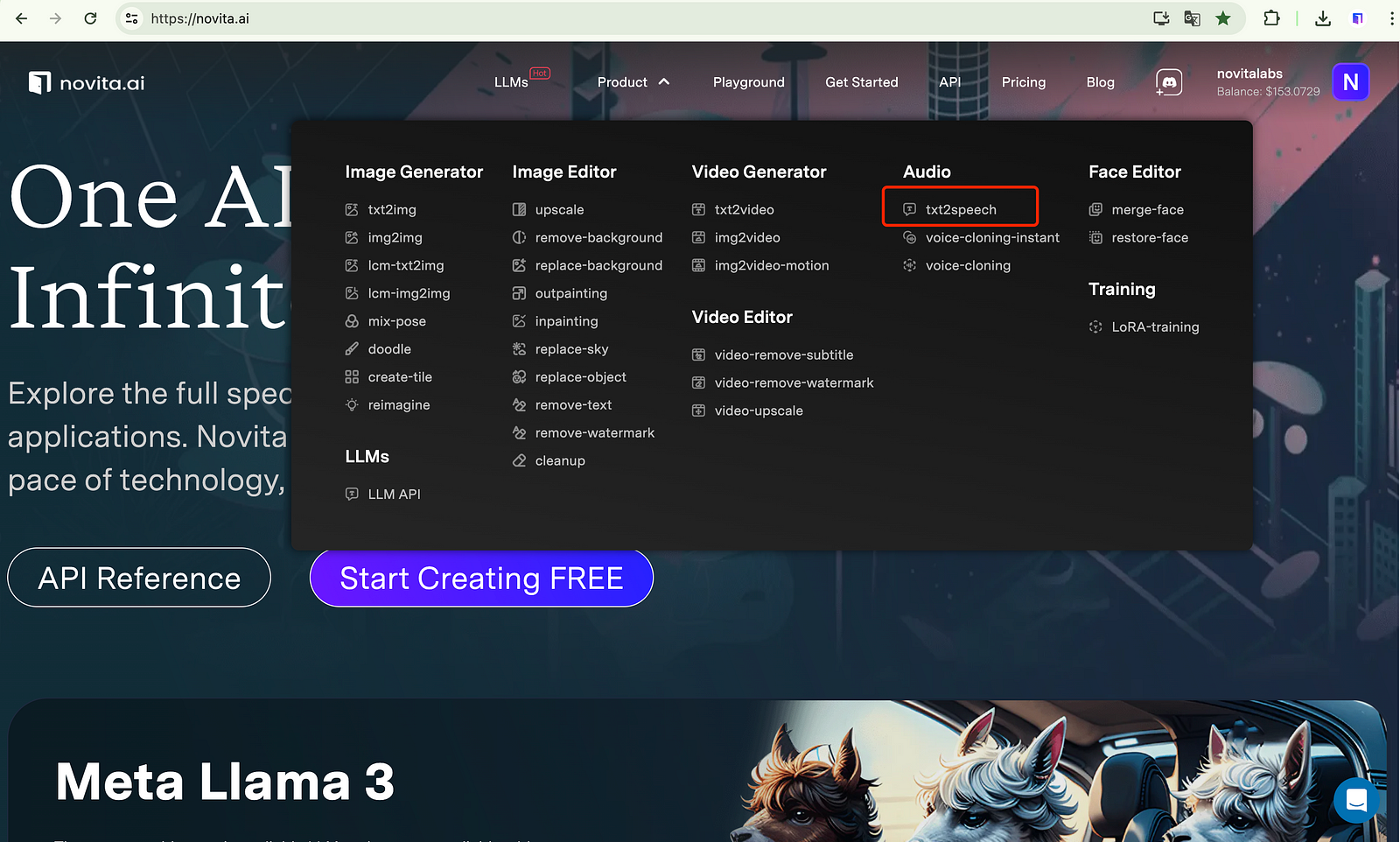
- Step 3: Input the text that you want to get voiceover about. Select a voice model that you are interested in.
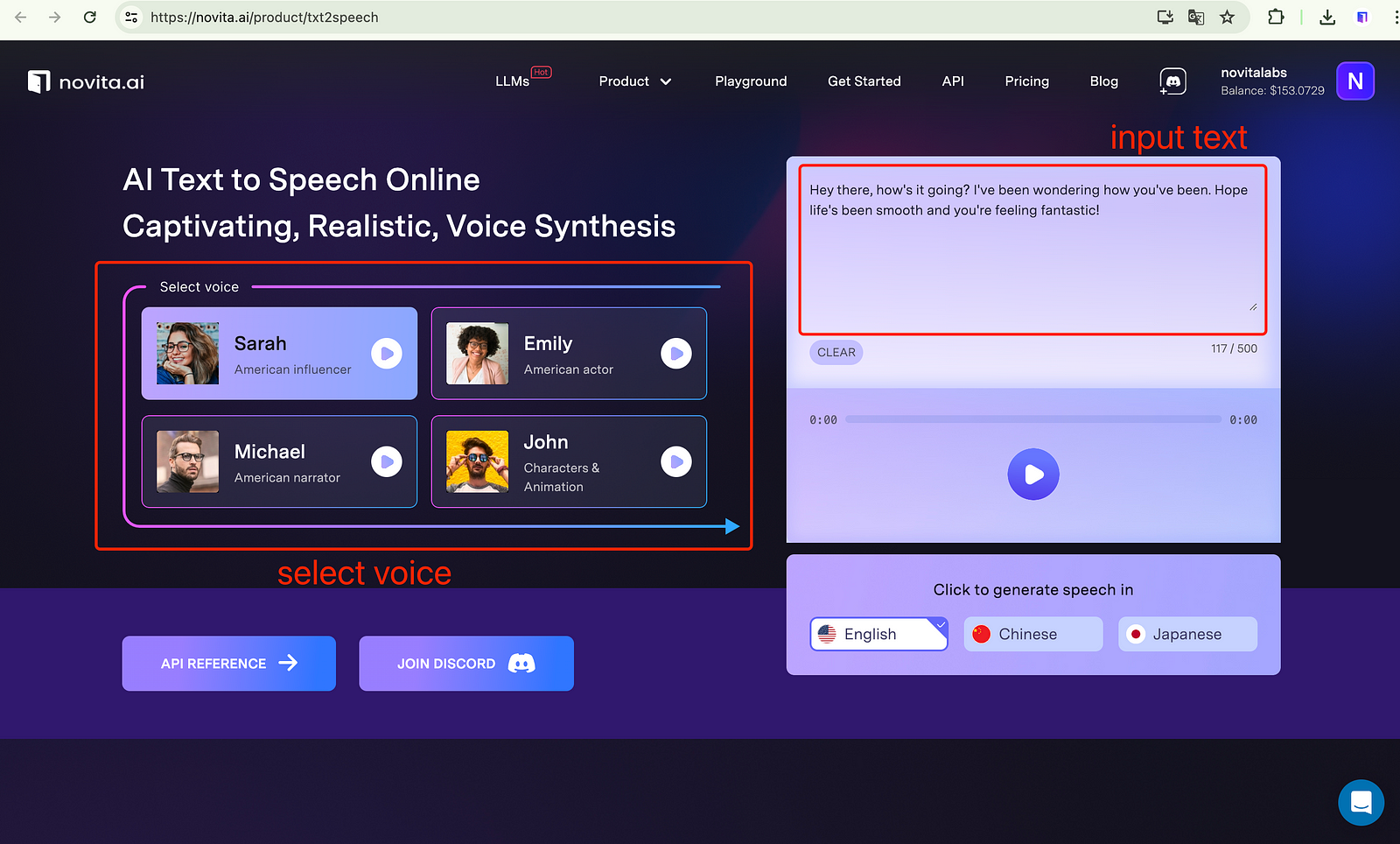
- Step 4: Click on the “Generate” button, and wait for it.
- Step 5: Once it is complete, you can preview it. If it’s satisfied, you can download and integrate the output into your documentary.
Mastering Emotional Delivery in Voiceovers
To excel in emotional voiceovers, mastering nuanced techniques is crucial. Evoking emotions involves tone modulation, pacing, and well-placed pauses. Voice actors create compelling storytelling experiences by using these elements effectively to deeply resonate with the audience. The voiceover must match the intended emotional impact of the narrative, conveying authenticity and connecting with viewers emotionally. From Sir David Attenborough’s soothing narration in nature documentaries to Sigourney Weaver’s dramatic flair in “March of the Penguins,” the right tone and delivery enhance engagement and immersion.
Techniques for Evoking Emotion Through Voice
To evoke emotions in documentaries, harness the power of your voice. Dive into the story’s core for authenticity. Match tone to the narrative mood and use pacing, pauses, and inflections to guide emotions. Infuse each word with feeling to captivate listeners. Let the voice actor skillfully bring the narrative to life by mastering voice modulation and staying attuned to script nuances for a vivid emotional experience.
The Role of Pacing, Tone, and Pause
Effective pacing, tone, and pauses are crucial in documentary voiceovers. They create suspense, convey urgency, and evoke empathy or curiosity. Strategic pauses emphasize key points, allowing information to sink in and creating moments of reflection. Mastering these elements ensures a captivating viewing experience guided by narrators like Sir David Attenborough or Morgan Freeman, contributing to the documentary’s authenticity and success.
Overcoming Challenges in Documentary Voiceover Work
Documentary voiceover work has its challenges. Avoid pitfalls like monotony and overbearing narration. Adapt your style to fit the genre for a compelling voiceover that enhances the documentary and engages viewers.
Common Pitfalls and How to Avoid Them
Avoid overdoing the dramatic tone in documentary voiceovers to keep them authentic and engaging. Match the voice tone with the genre appropriately. Ensure good audio quality for a better viewing experience by using a professional setup and conducting thorough checks before recording.
Adapting to Various Documentary Genres
Documentary voice actors need to seamlessly adapt to various genres. Whether exploring the undersea world or narrating historical events, the right tone is vital. Each genre demands specific skills — clarity for scientific documentaries like “Planet Earth,” and gravitas for historical narratives like Ken Burns’ works. Voice actors must embody the subject matter while engaging the audience effectively.
Conclusion
In conclusion, mastering documentary voiceovers involves a blend of storytelling, technical finesse, and emotional delivery. Crafting compelling scripts, selecting the perfect voice, recording in optimal conditions, and leveraging technology are key elements in creating high-quality voiceovers. Post-production editing and sound design play crucial roles in enhancing the narrative impact. Overcoming challenges and avoiding common pitfalls while adapting to different documentary genres are essential for success in voiceover work. By understanding the nuances of voice narration and evoking emotions effectively, you can create standout voiceovers that captivate and engage audiences.
Frequently Asked Questions
How Do I Choose the Right Tone for My Documentary?
Choosing the right tone for your documentary involves considering the target audience, subject matter, and storytelling style. Determine the emotions you want to evoke and select a tone that aligns with your intentions. Experiment with different tones to find the best fit for your documentary’s essence.
How Can I Make My Voiceover Stand Out in a Crowded Market?
To stand out in a crowded voiceover market, develop a unique style and professional approach. Building a strong personal brand and honing your skills can attract clients and opportunities, enhancing your voiceover abilities.
novita.ai, the one-stop platform for limitless creativity that gives you access to 100+ APIs. From image generation and language processing to audio enhancement and video manipulation,cheap pay-as-you-go , it frees you from GPU maintenance hassles while building your own products. Try it for free.
Recommended reading